Solar wind joy indicator is very accurate and precise, trading is an art that blends precision with intuition, and traders constantly seek tools to refine their decision-making.
Contents
The Solar Wind Joy Indicator is one such tool that has intrigued many due to its visually striking signals and promise of trend clarity.
But what lies beneath its surface? Is it a trader’s ally or a deceptive illusion? This article unravels the mystique surrounding this indicator.
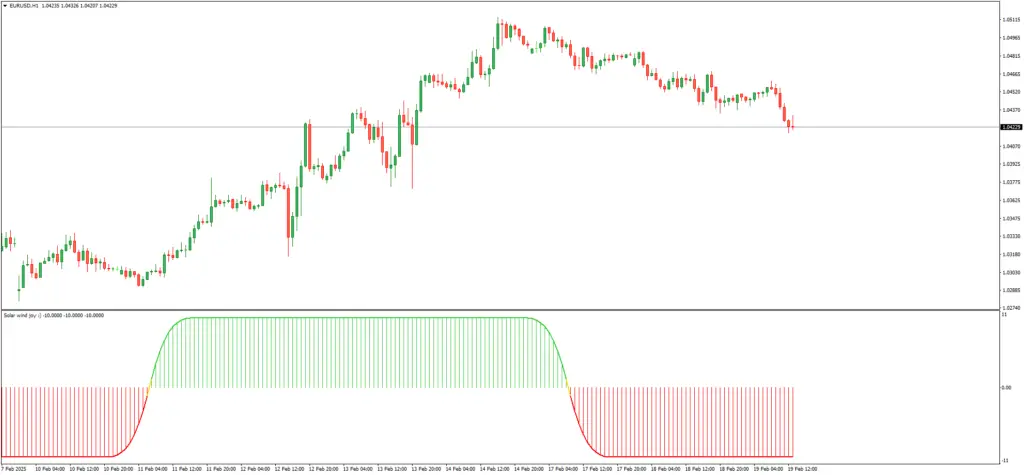
The Origins of the Solar Wind Joy Indicator
The Solar Wind Joy Indicator wasn’t born out of institutional finance but rather emerged from the depths of retail trading forums.
Originally designed as a momentum-based indicator, it sought to simplify market movements with an intuitive color-coded system.
Over time, it gained cult-like popularity among traders who appreciated its ability to highlight market trends with seemingly uncanny accuracy.
However, as more traders adopted it, critiques surfaced. Was it too good to be true? Did its simplicity mask underlying flaws? To understand its full impact, one must dive into its mechanics.
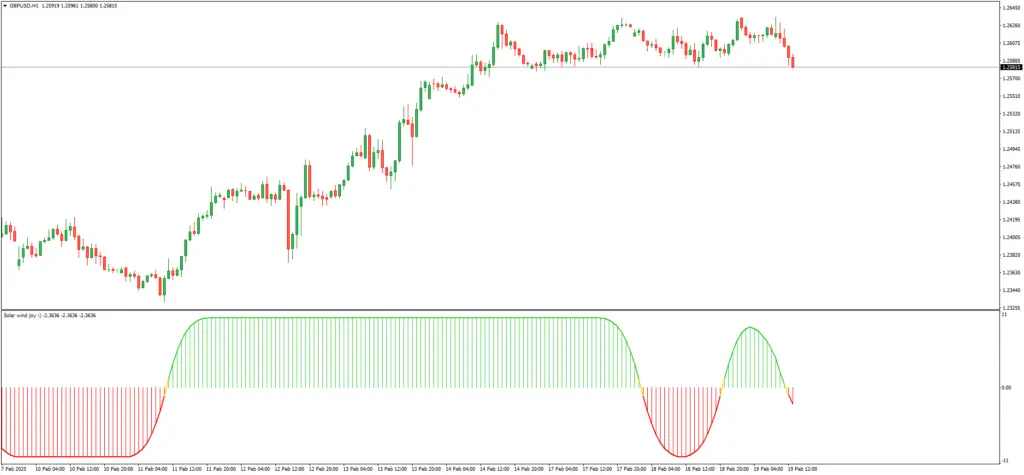
Understanding the Mechanics of the Indicator
At its core, the Solar Wind Joy Indicator relies on smoothed price data to generate buy and sell signals. The indicator typically appears as a histogram with alternating colors, often green and red, signifying bullish and bearish conditions, respectively.
- Signal Interpretation:
- A shift to green suggests upward momentum and potential buying opportunities.
- A red shift signals downward pressure, hinting at selling opportunities.
- Key Metrics:
- Sensitivity to price fluctuations
- Reaction speed to market reversals
- Applicability across different timeframes
The algorithm works by analyzing past price action and smoothing out noise to create clear directional cues. However, its simplicity is also its Achilles’ heel.
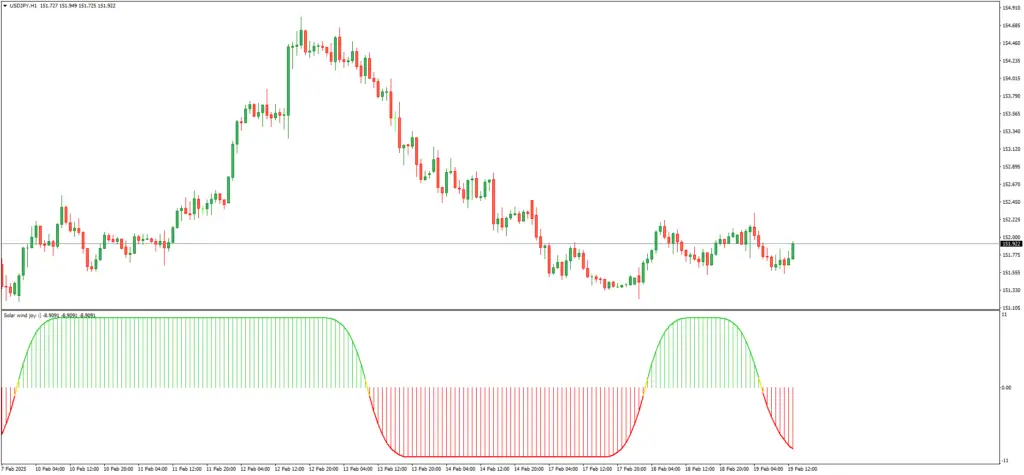
How to Use the Solar Wind Joy Indicator
For traders eager to incorporate the Solar Wind Joy Indicator into their strategy, certain best practices should be followed:
- Pair it with Confirmation Signals – Relying solely on its color shifts can be risky. Using moving averages or momentum oscillators can provide additional validation.
- Adjust for Market Conditions – The indicator may perform well in trending markets but can generate misleading signals in choppy or sideways price action.
- Set Clear Risk Parameters – Stop-loss orders should always be in place to counter false signals.
The biggest mistake traders make is placing blind faith in its signals without context, leading to erratic decision-making.
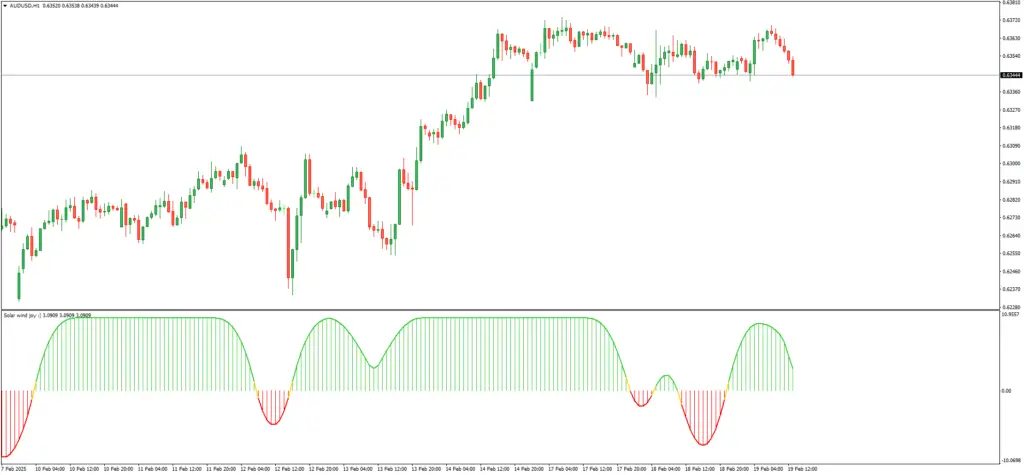
The Controversy Surrounding the Indicator
Despite its widespread usage, the Solar Wind Joy Indicator has faced heavy scrutiny, primarily due to:
- Repainting Issues – Many traders report that its signals change after price movements, creating the illusion of accuracy in hindsight.
- Over-Sensitivity to Market Noise – It sometimes reacts too quickly, leading to frequent false signals in volatile conditions.
This has led to debates on its reliability. While some traders swear by its effectiveness, others dismiss it as a misleading gimmick.
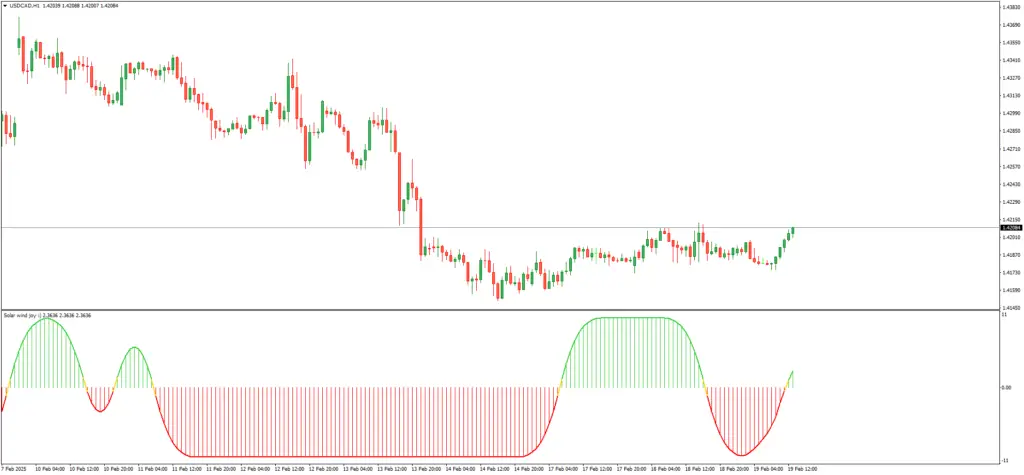
Enhancing the Solar Wind Joy Indicator with Other Tools
To mitigate its flaws, traders often enhance the Solar Wind Joy Indicator by:
- Pairing it with Moving Averages – A simple moving average can help filter out false signals.
- Combining it with RSI or MACD – These oscillators provide additional confirmation of trend strength.
- Incorporating Proper Risk Management – Position sizing and disciplined exits prevent unnecessary losses.
By treating the indicator as a component rather than a standalone system, its effectiveness increases significantly.
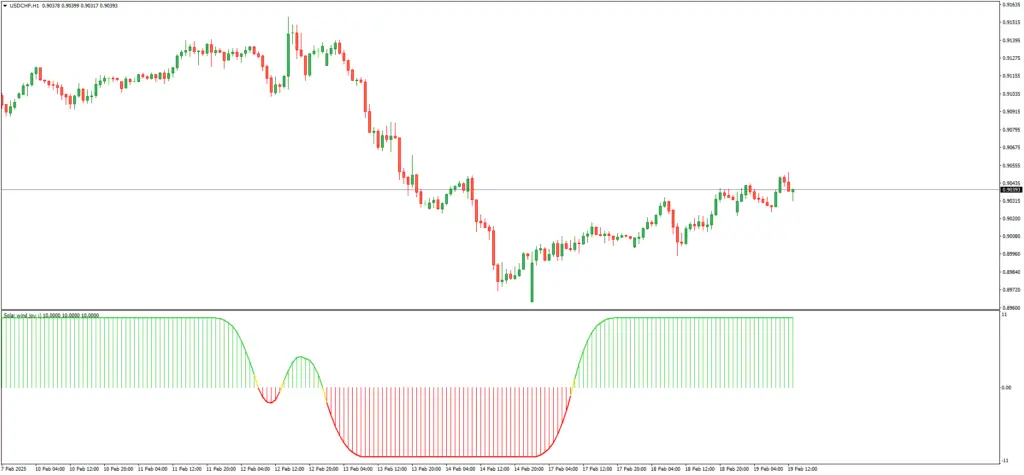
Conclusion
The Solar Wind Joy Indicator is a paradox—both compelling and controversial. It offers an easy-to-read approach to market momentum but is plagued by repainting concerns.
- Who Benefits Most?
- Traders who use it as a supplementary tool rather than a primary decision-maker.
- Those willing to test and adapt its settings to different market conditions.
- Who Should Avoid It?
- Traders seeking non-repainting, highly accurate signals.
- Those unwilling to cross-verify signals with additional indicators.
While the Solar Wind Joy Indicator can provide valuable insights, it is not a magic bullet. Used wisely, it can be a useful guide. Misused, it can lead traders astray. The key lies in balancing its strengths with its weaknesses.





Leave a Reply